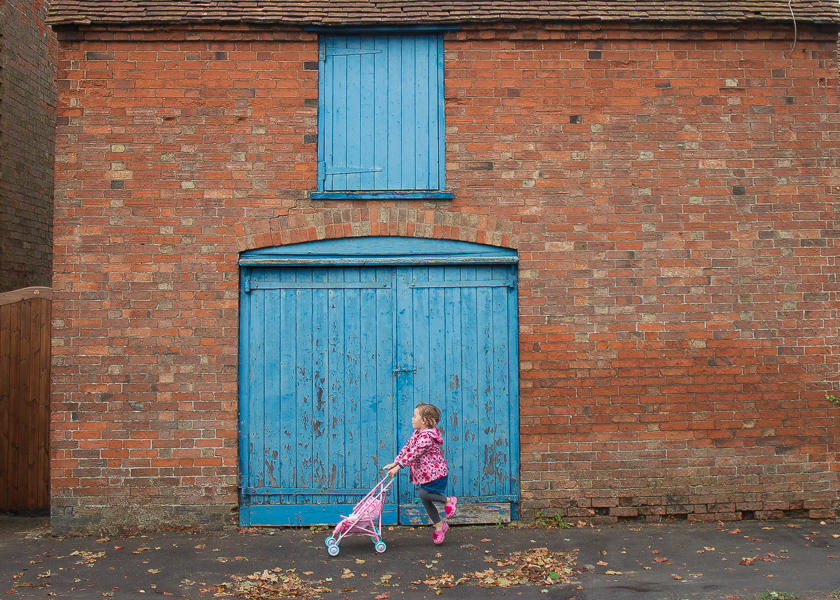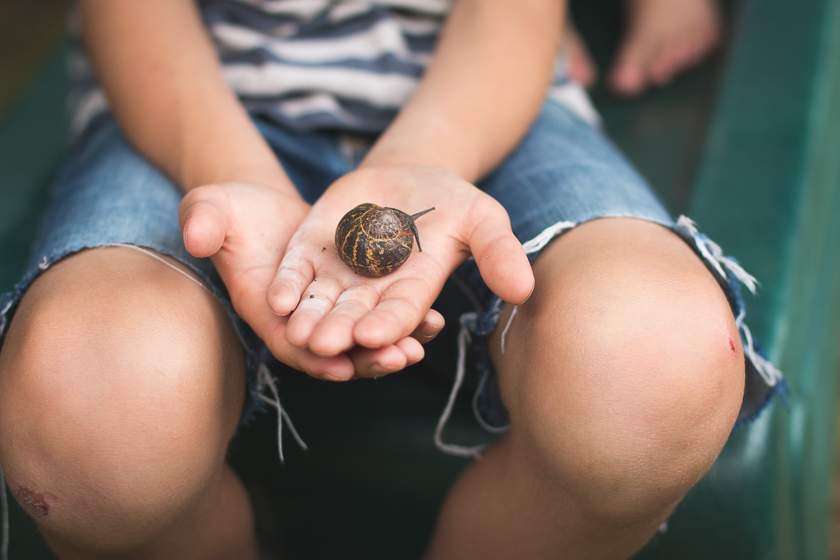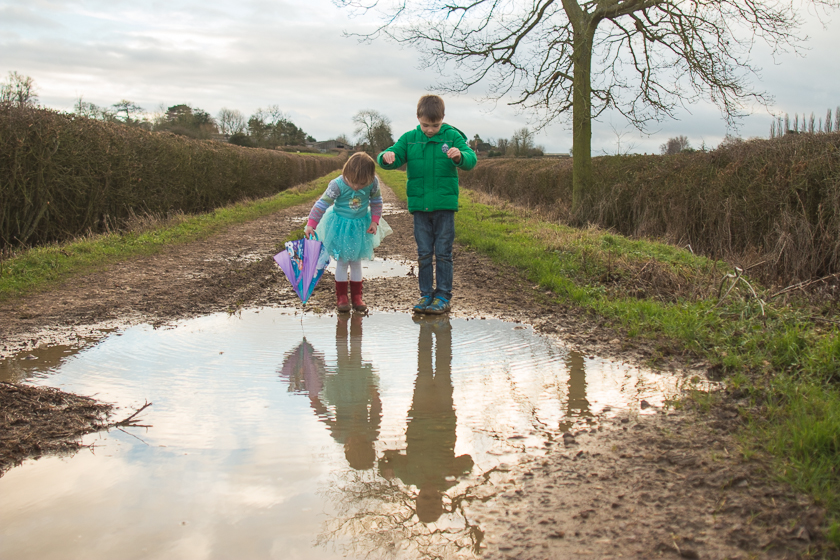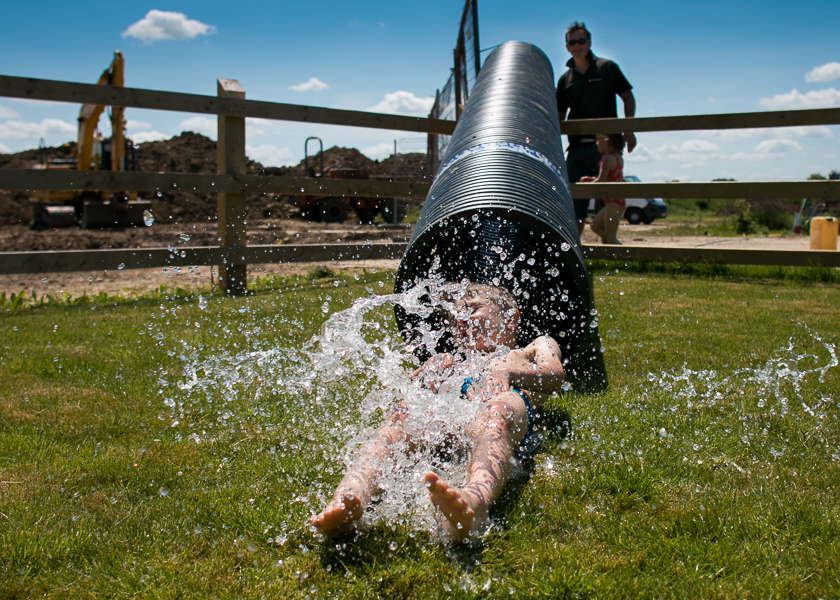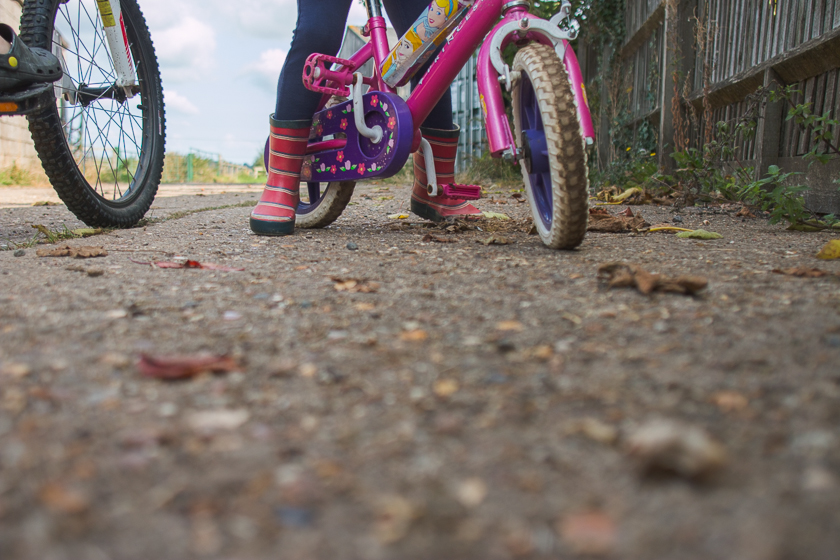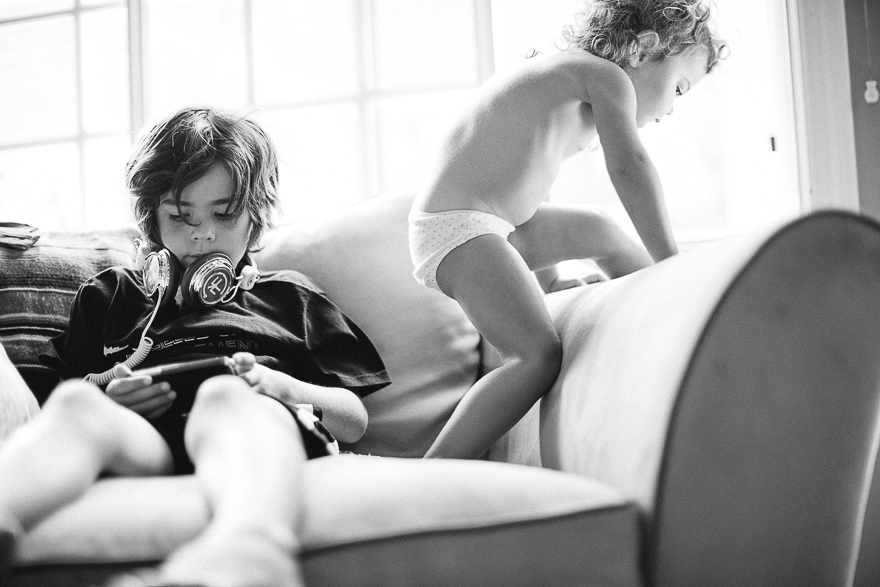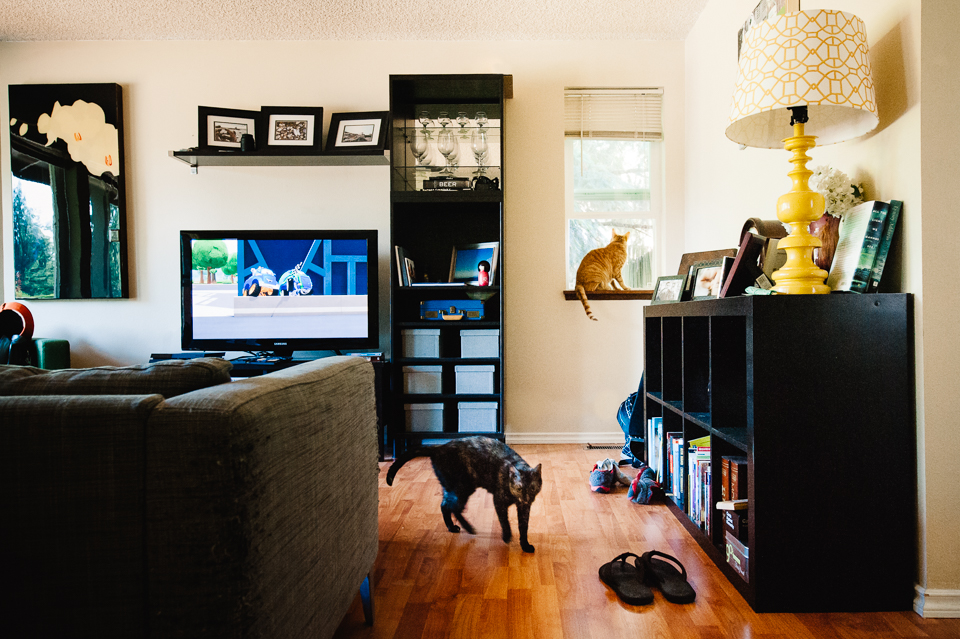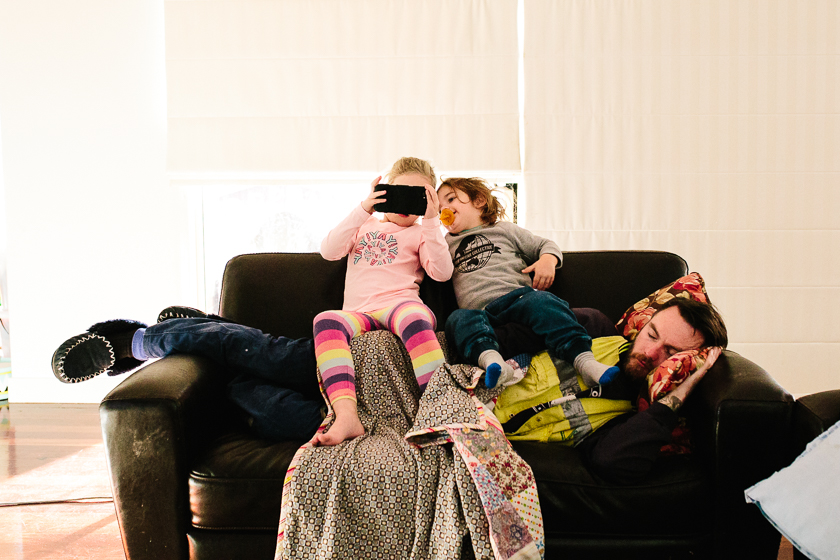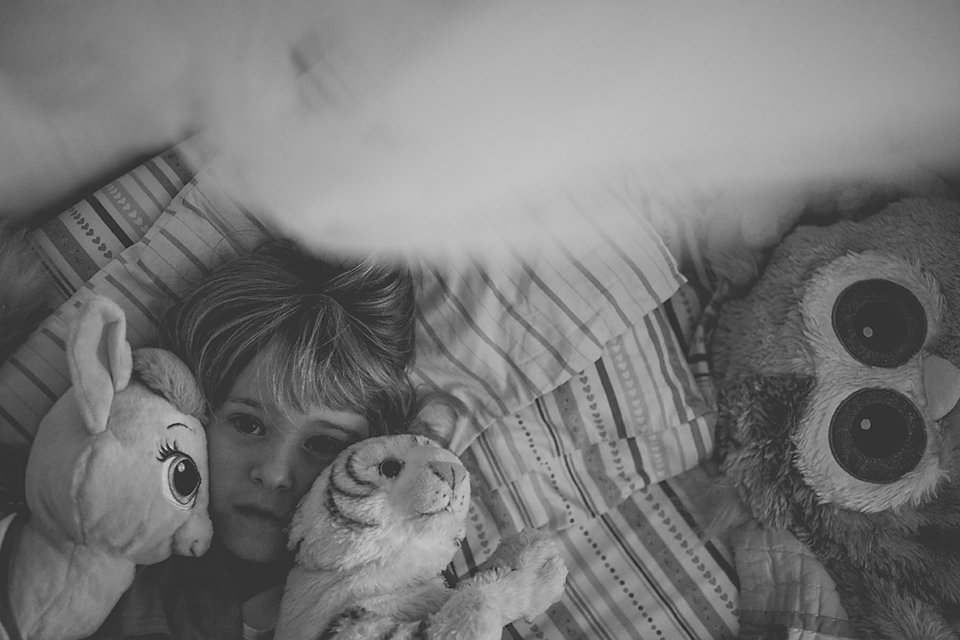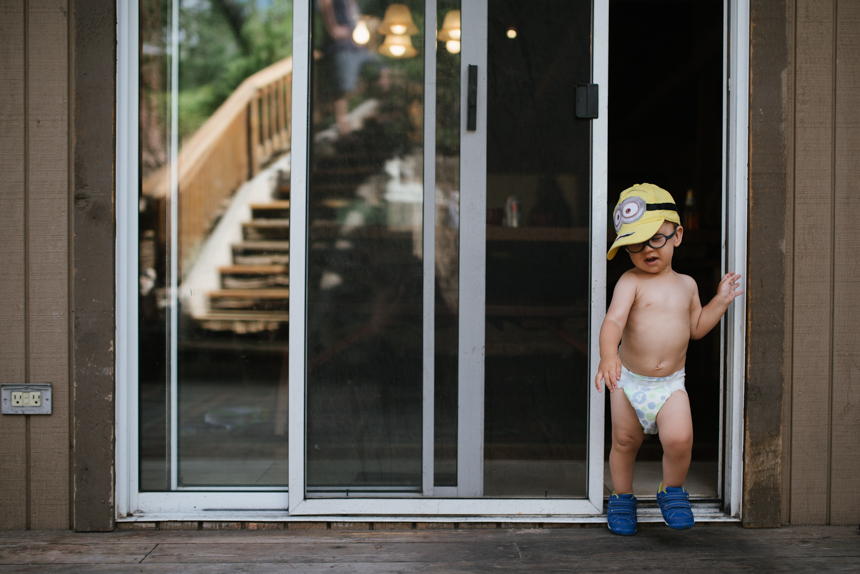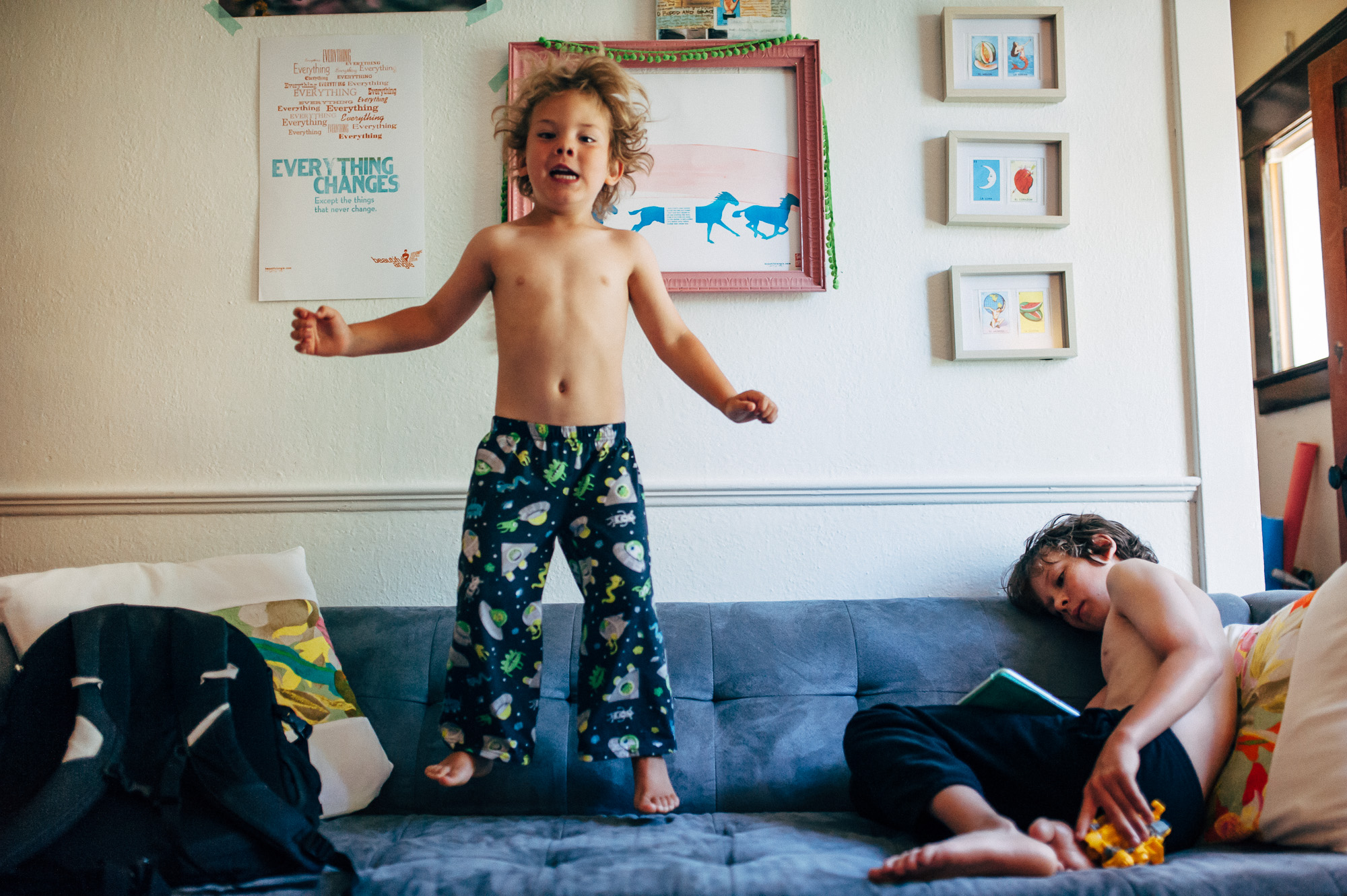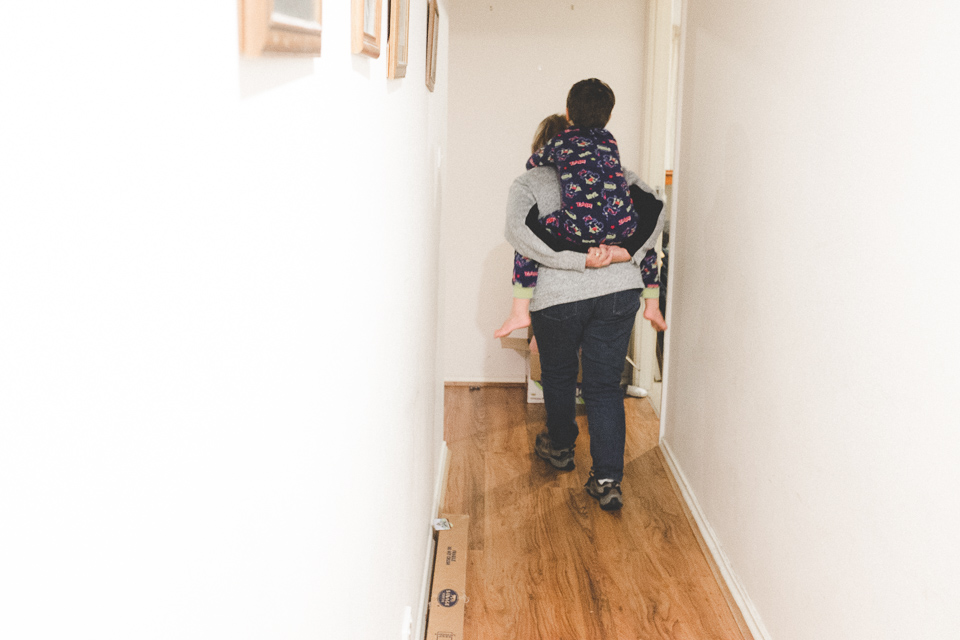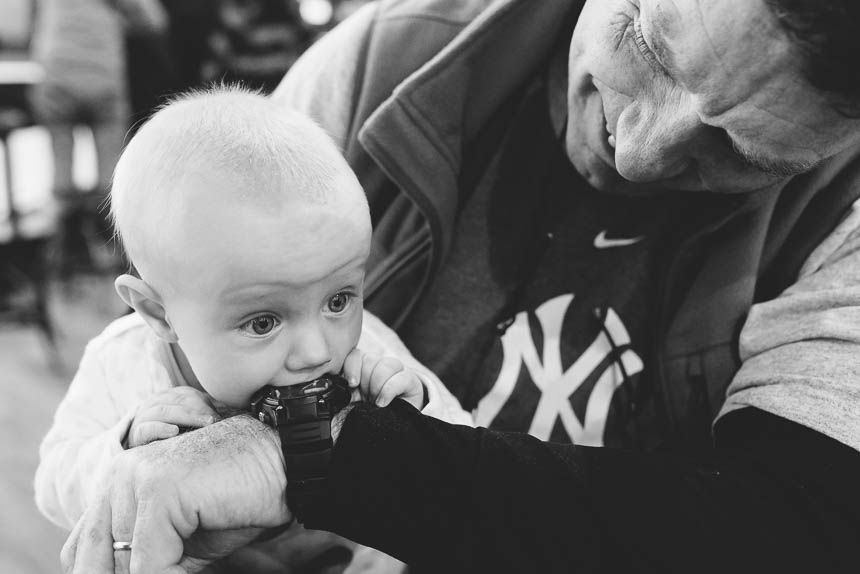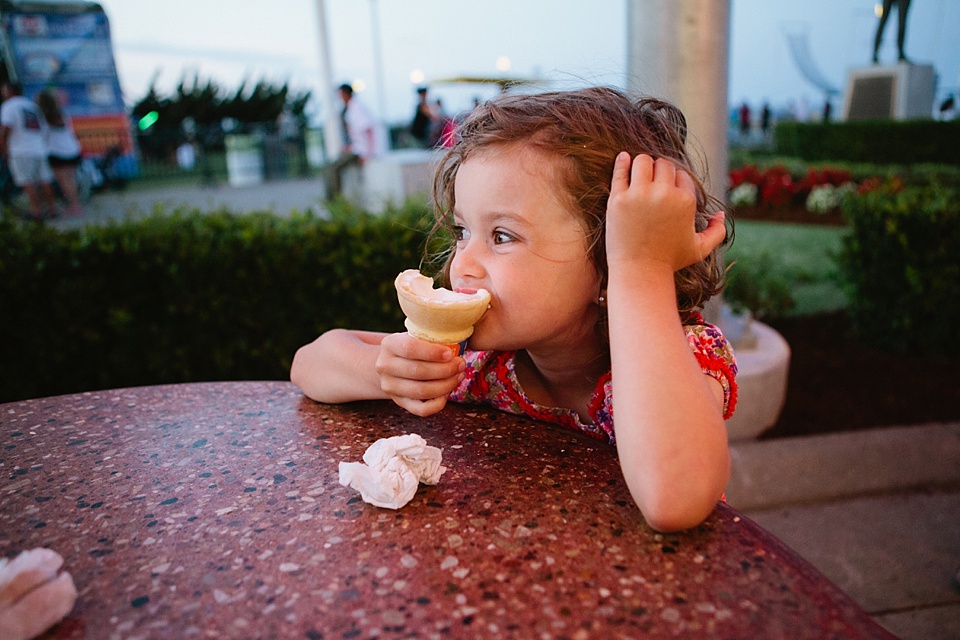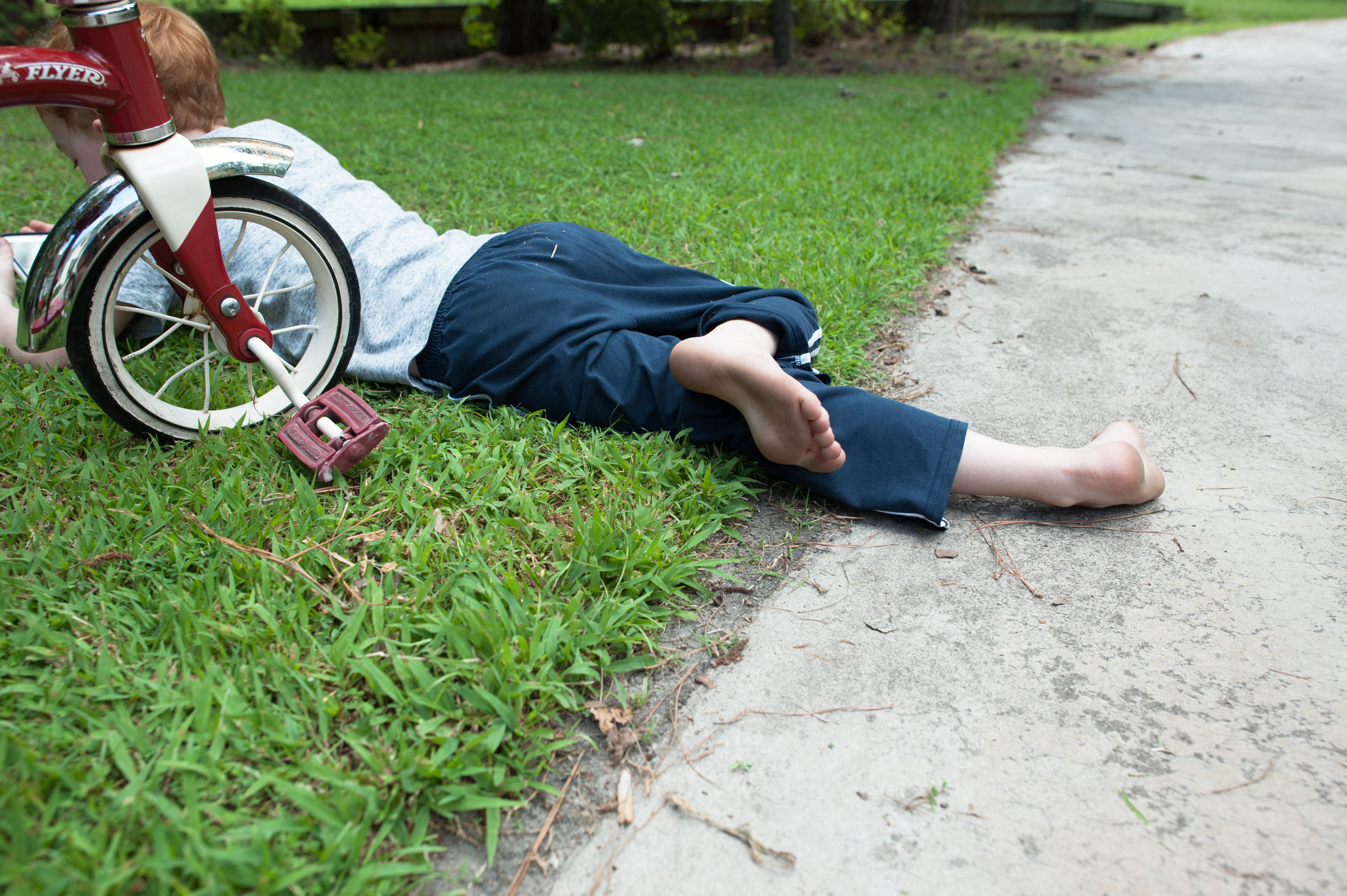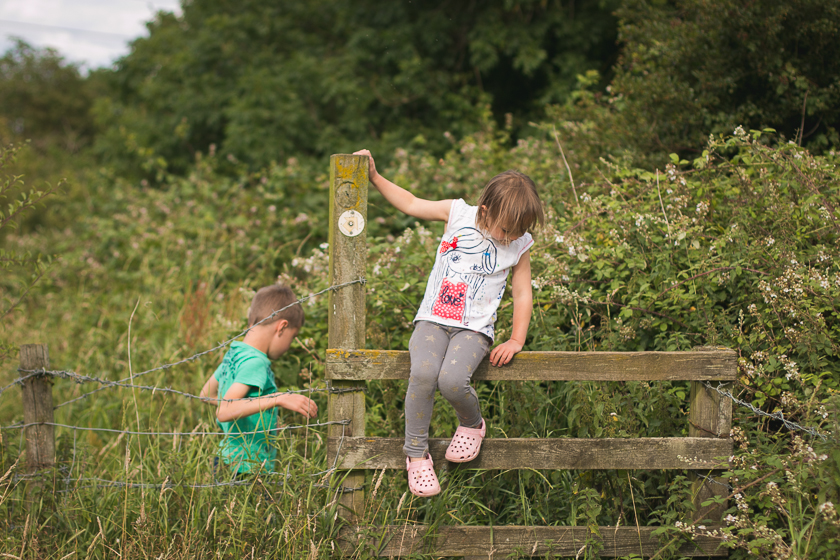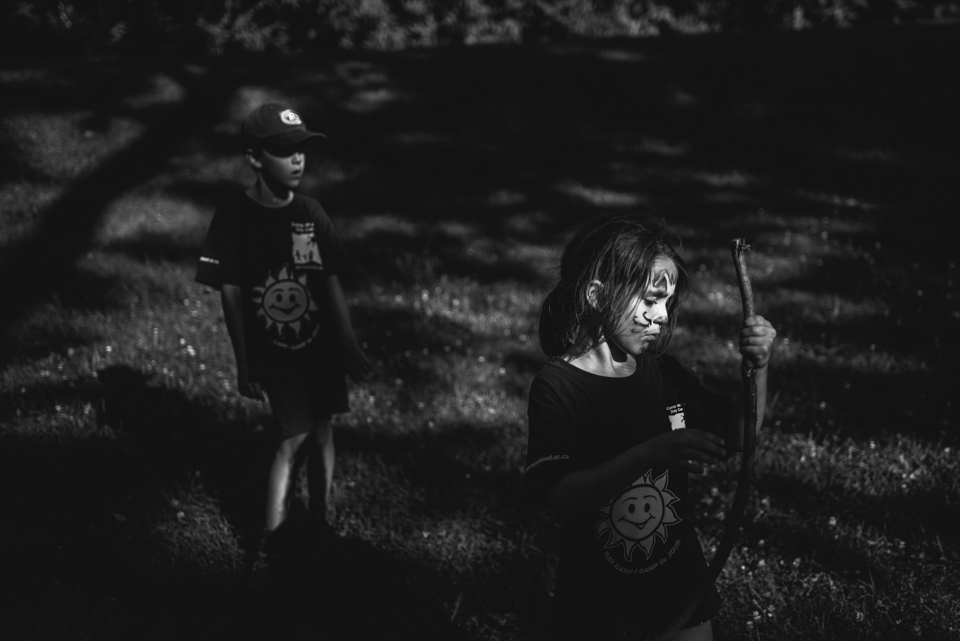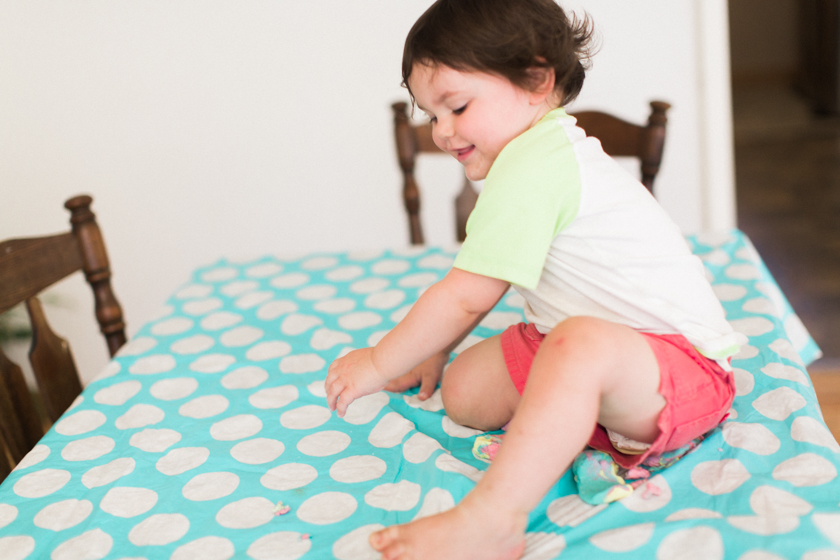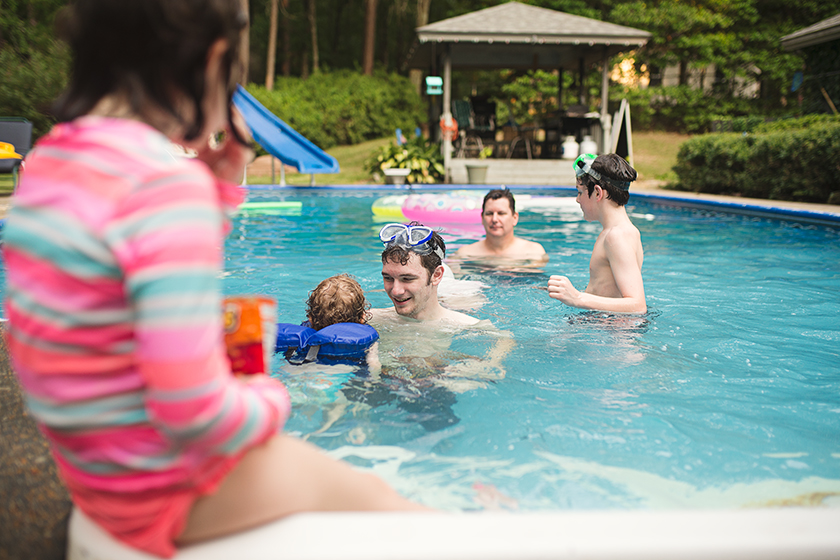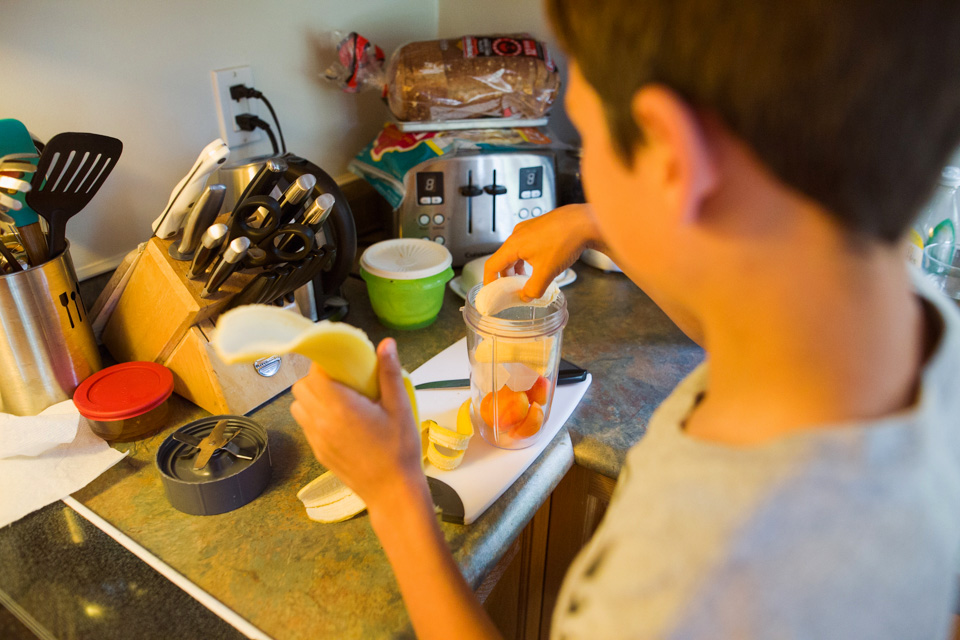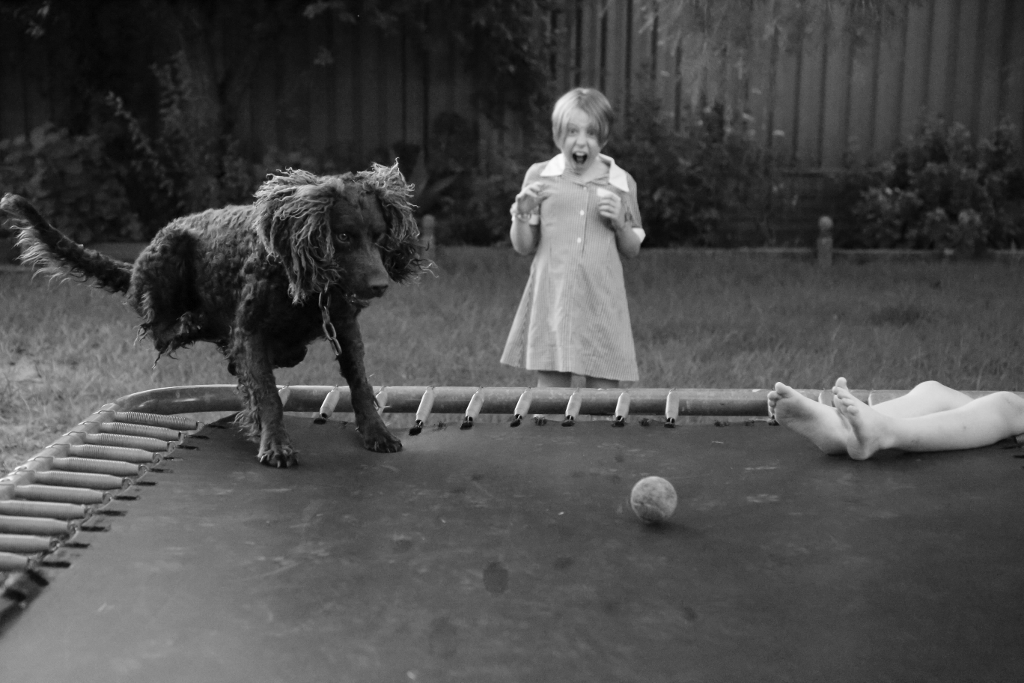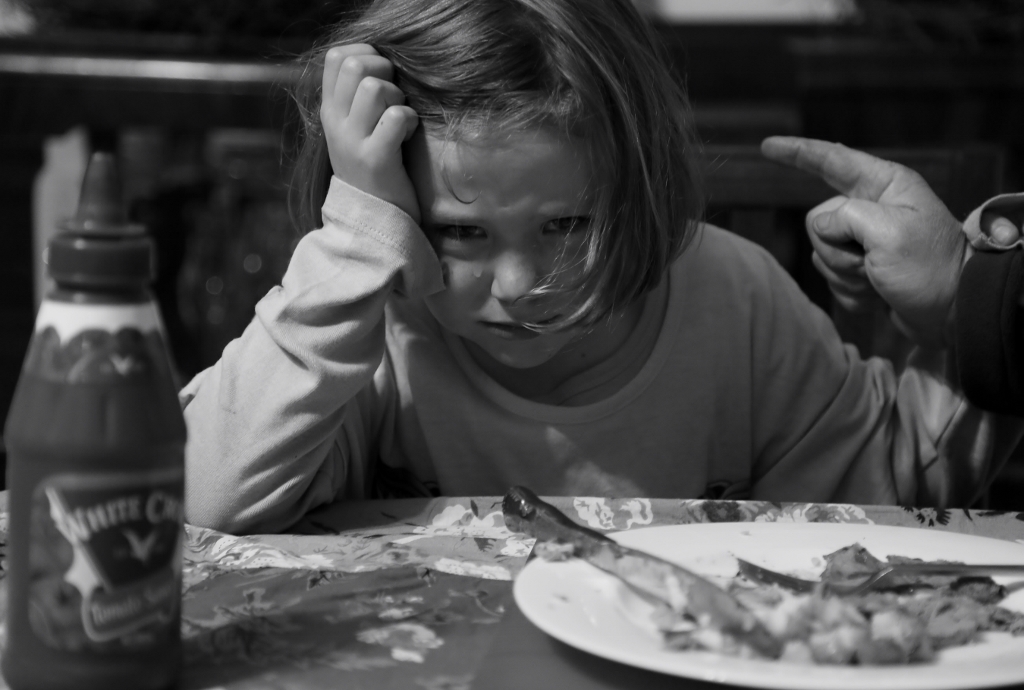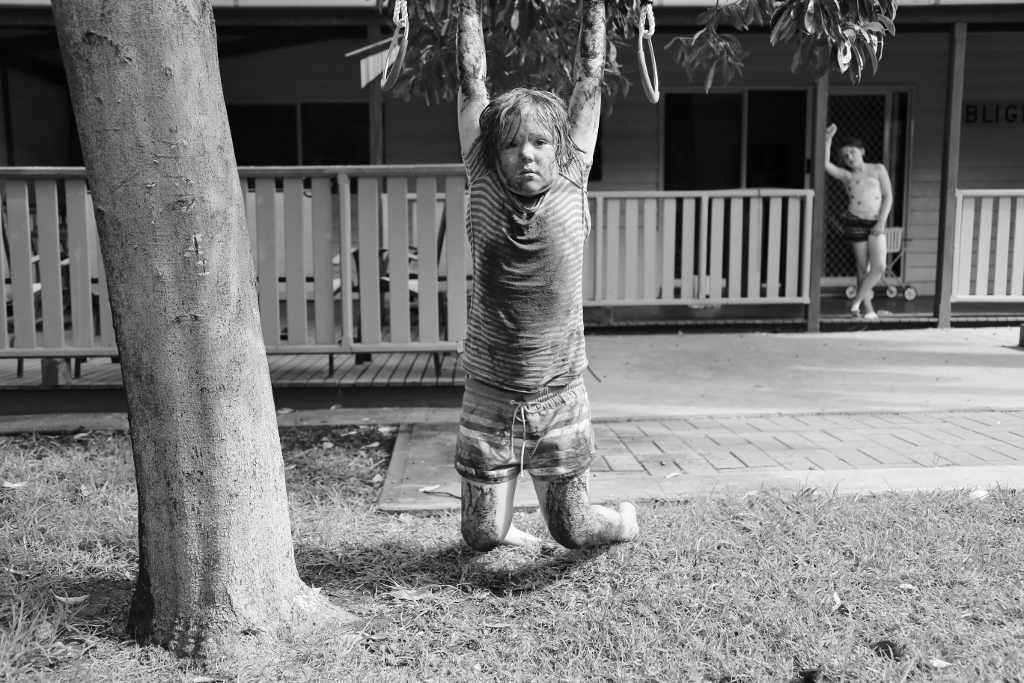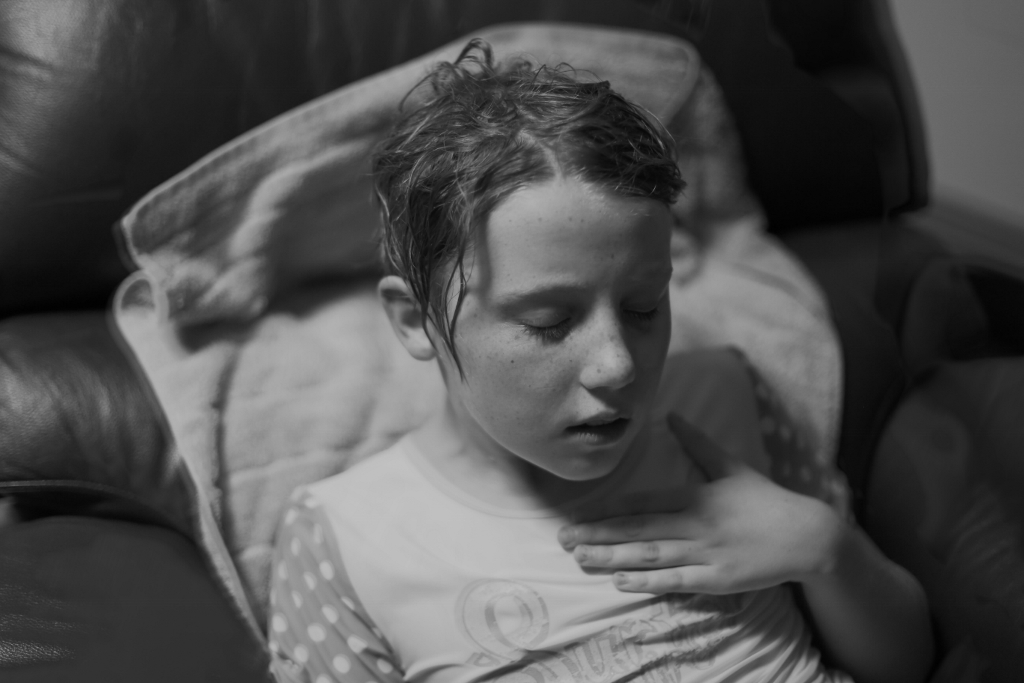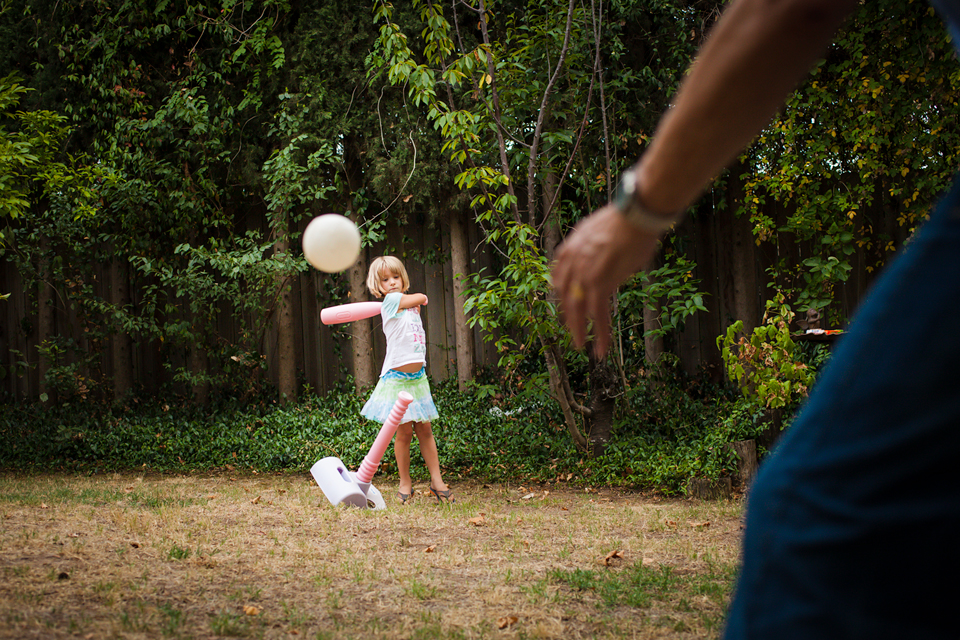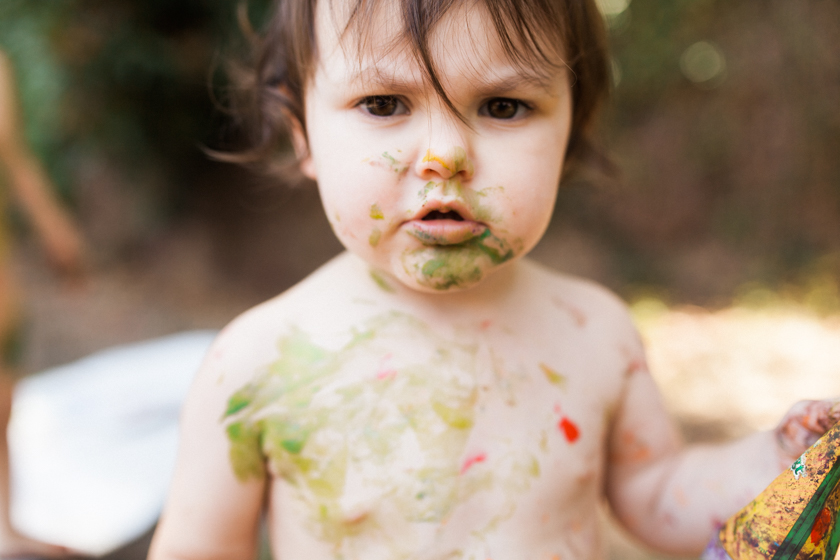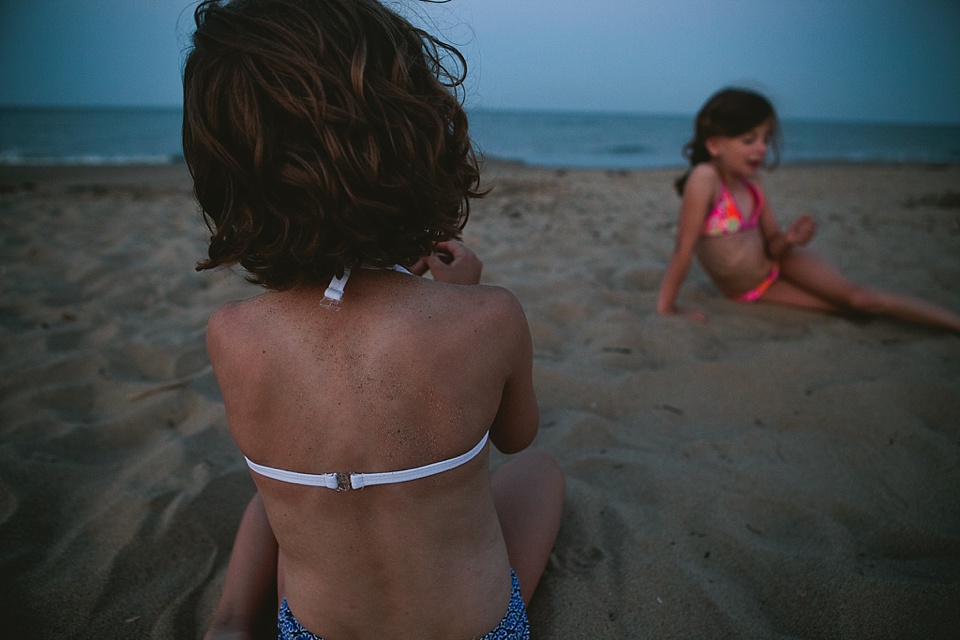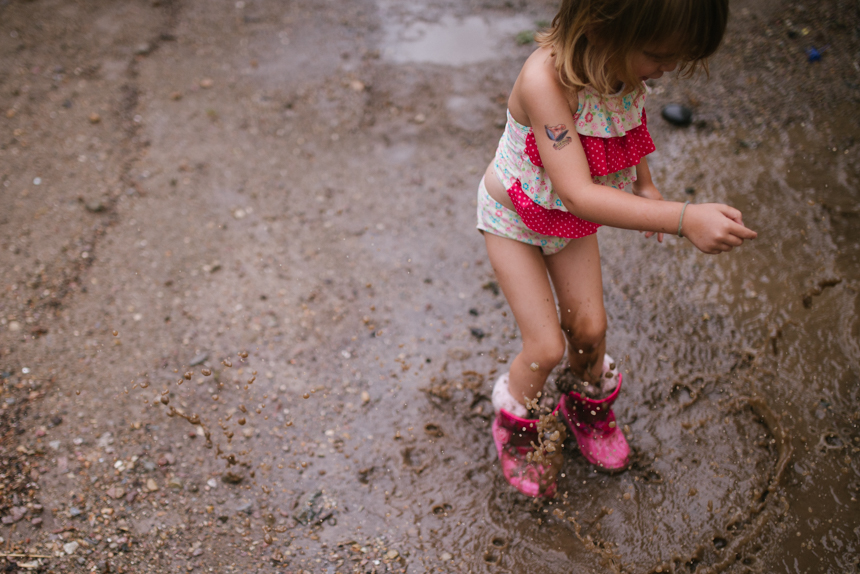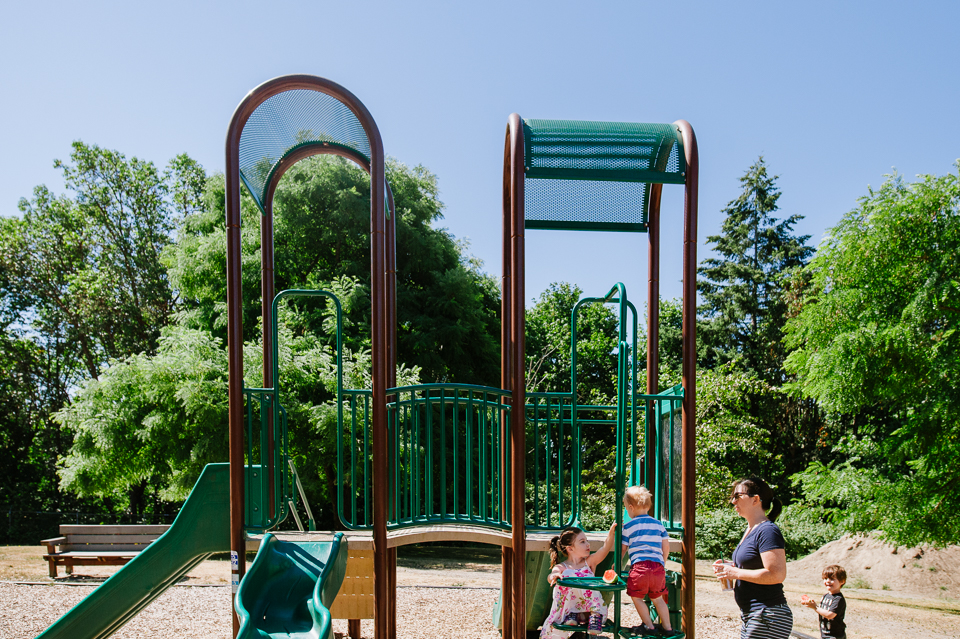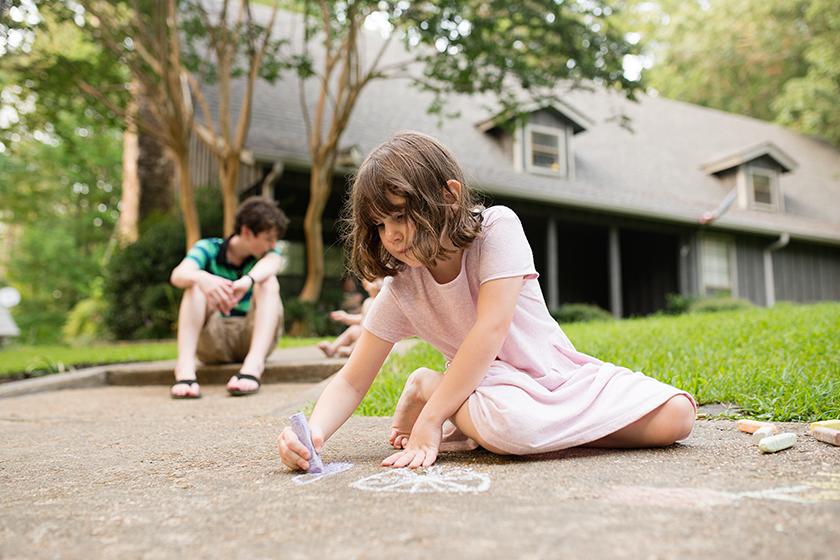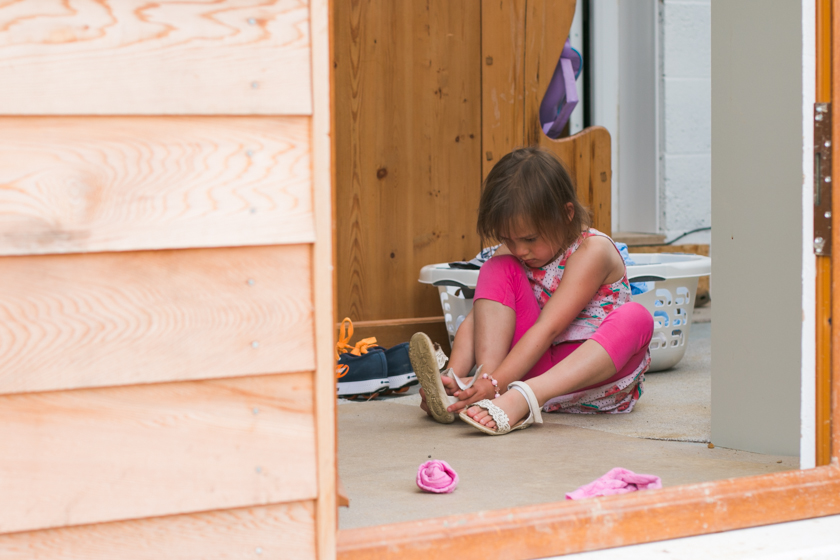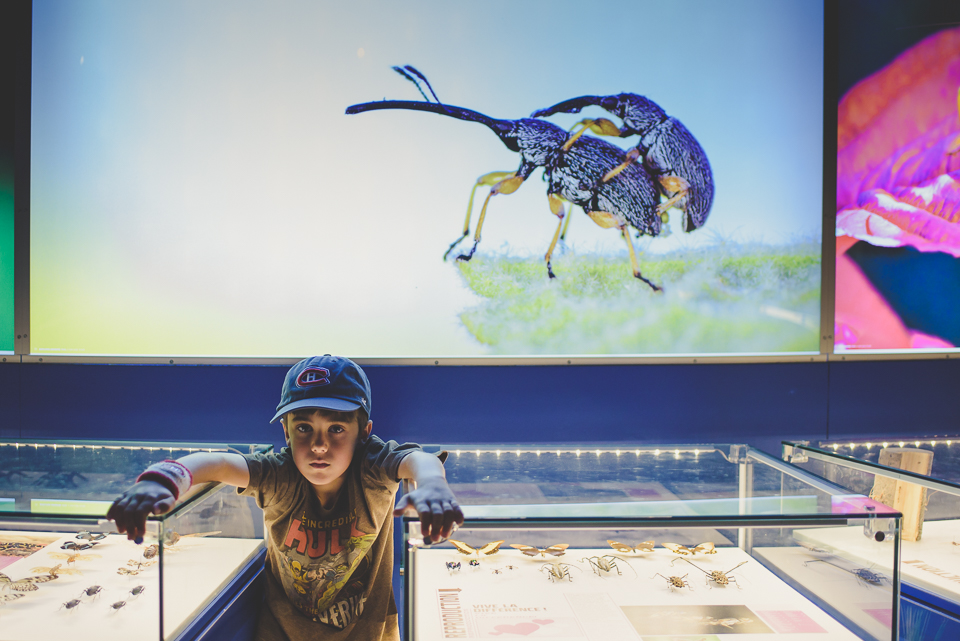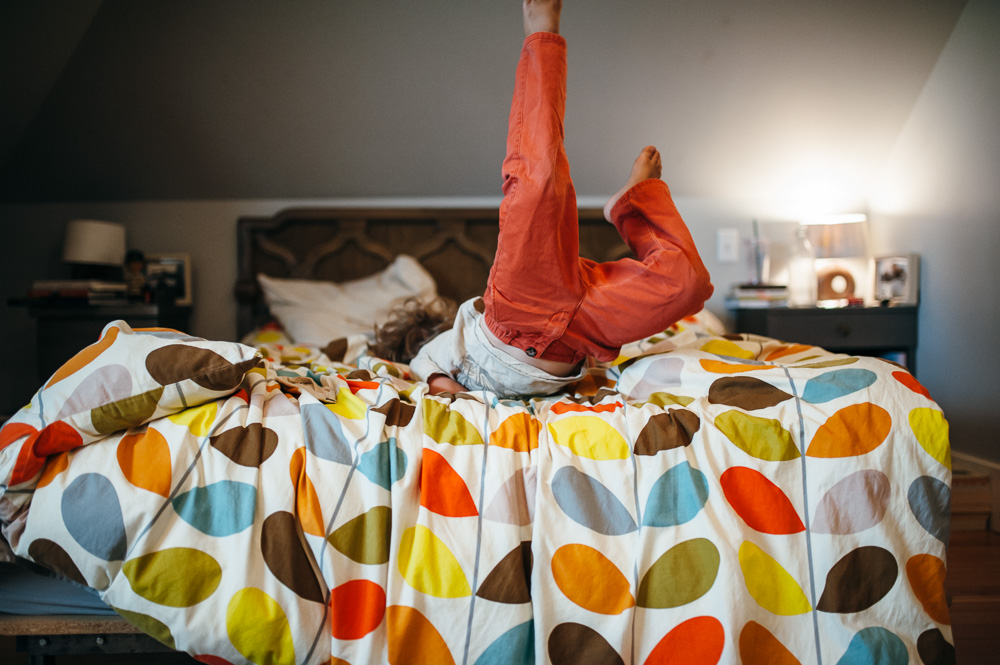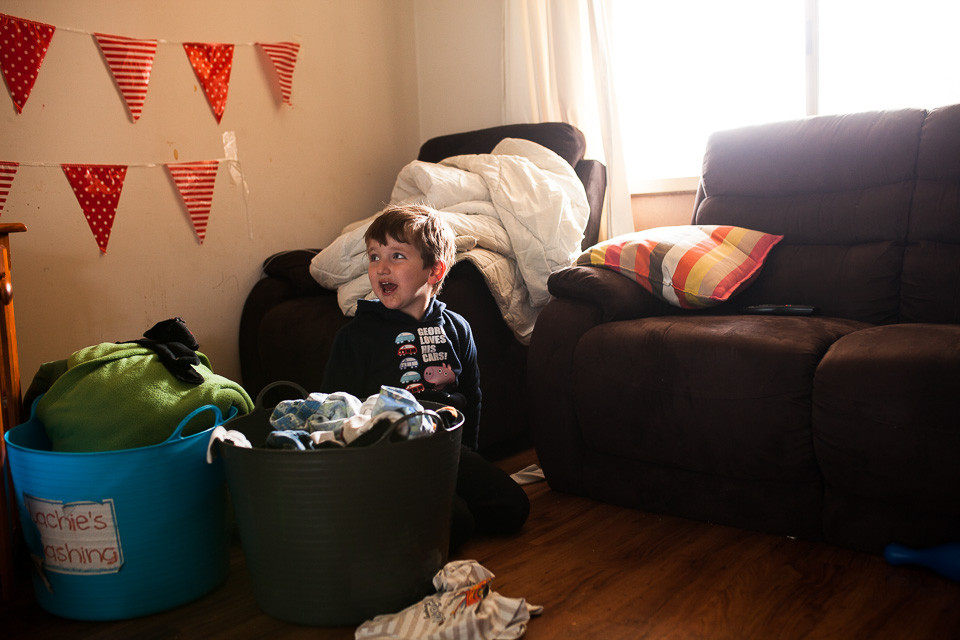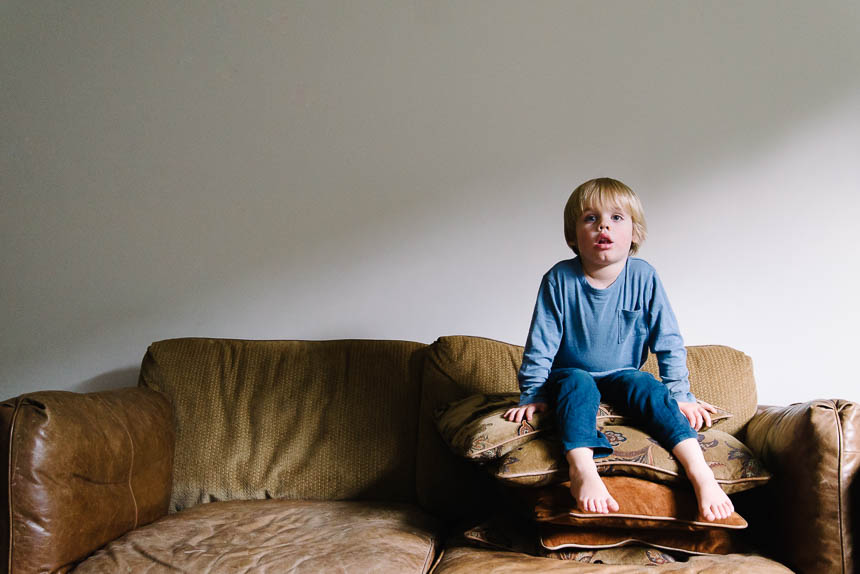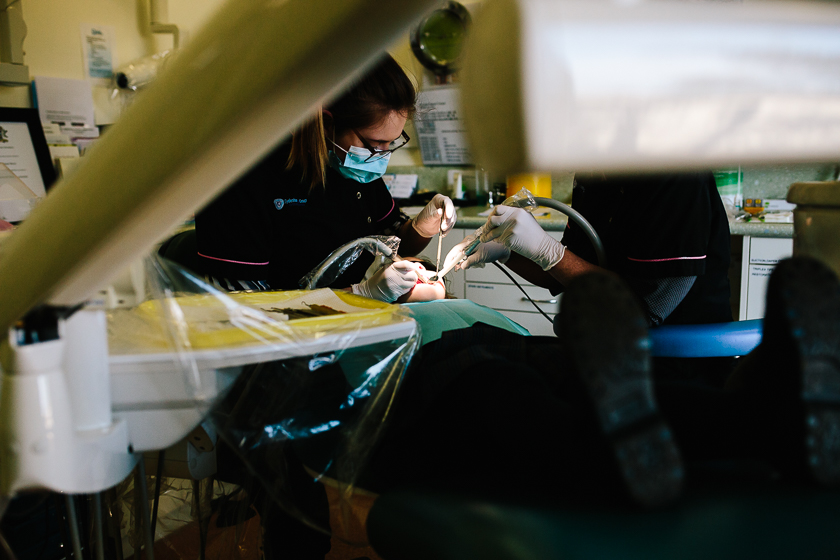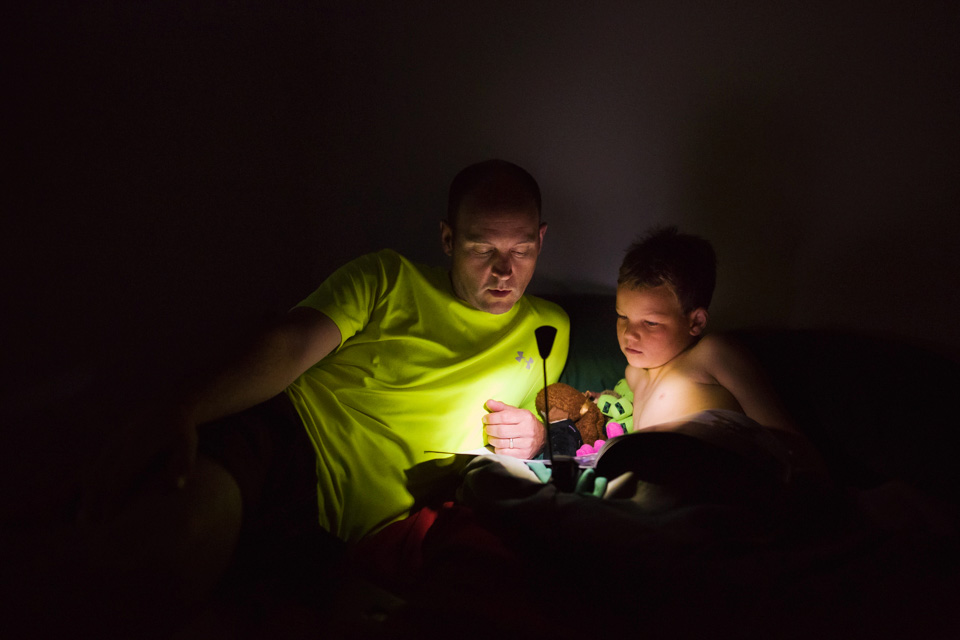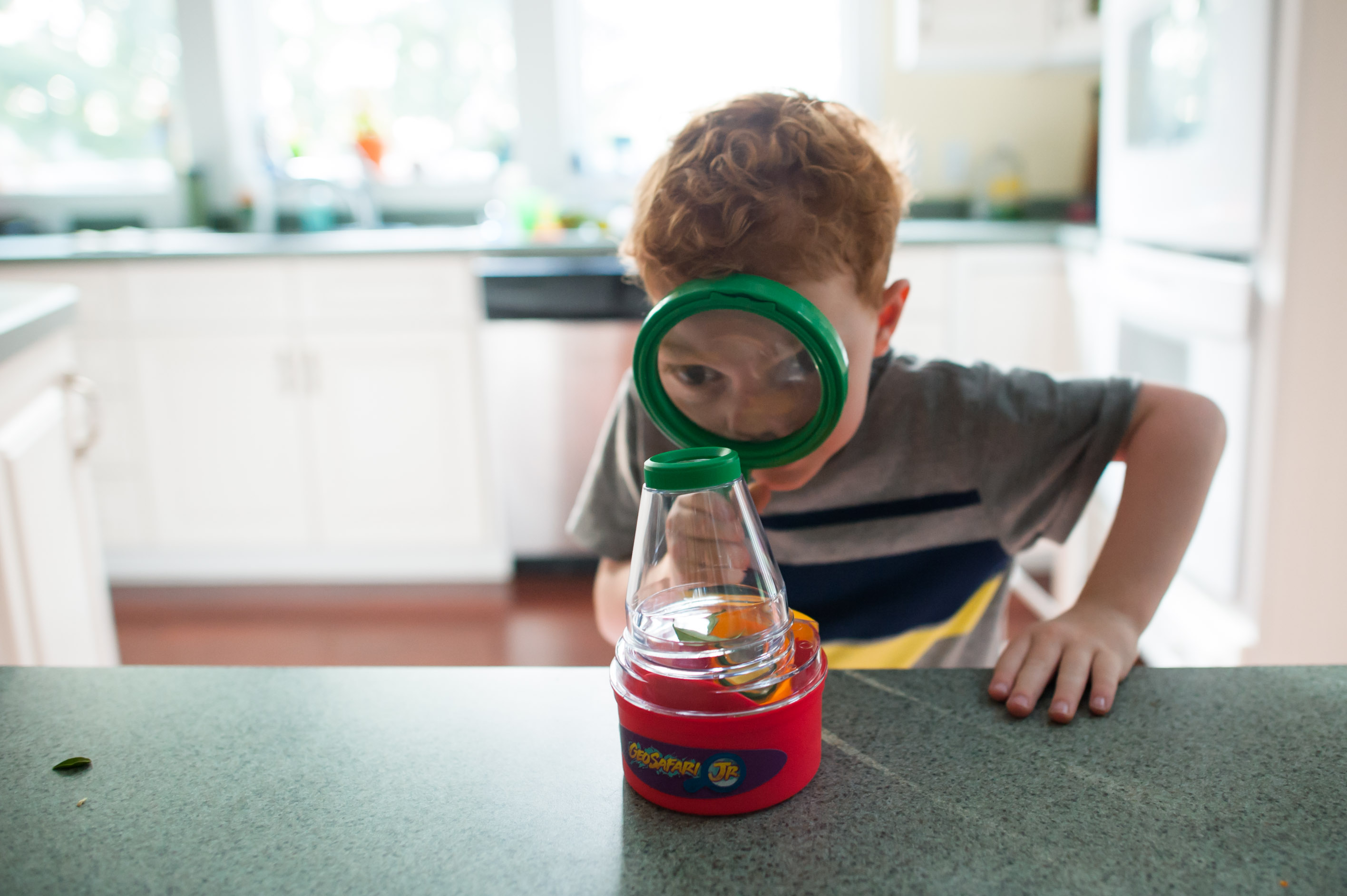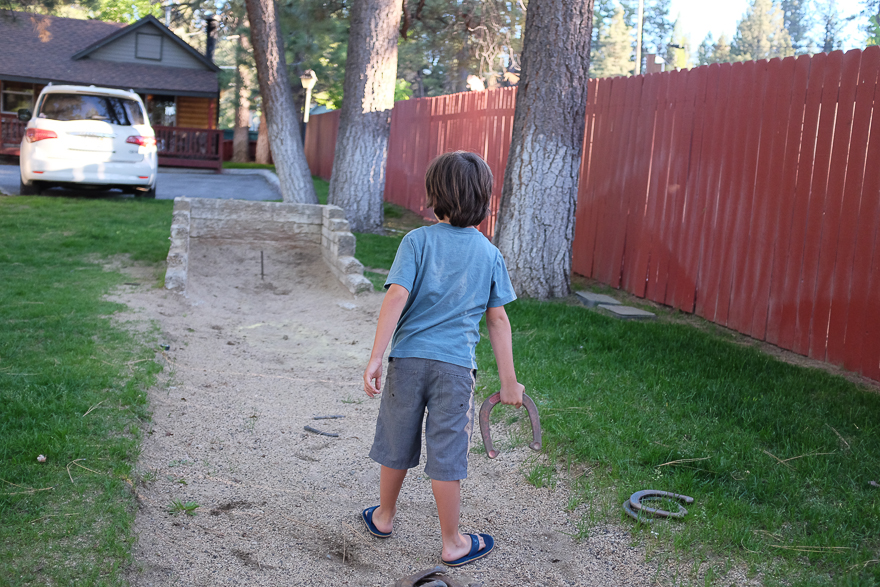August’s Perfectly Real artist is Nina O’Brien from New South Wales, Australia. We just fell in love with her raw and gritty monochrome submission. You can check out her work online at www.ninaobrien.com or on Instagram.
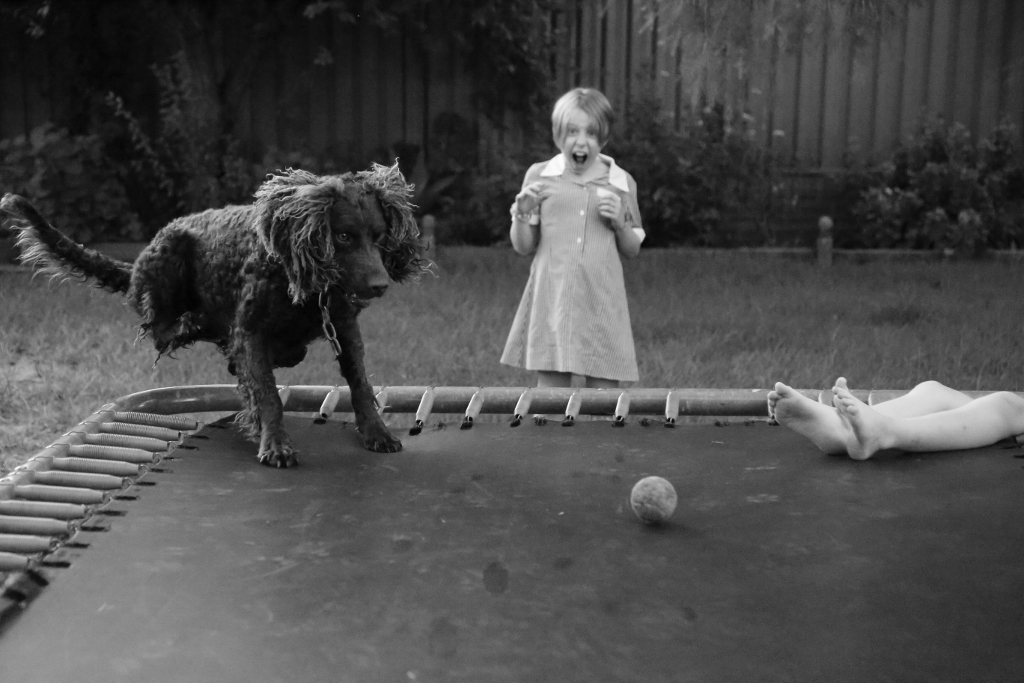
What is your favorite lens for shooting this work? And do you have any accessories that you just love (filter, bag, camera strap, etc.)?
Recently I upgraded to a better SLR; a Canon 6d, and although not the fanciest in the range, I have not looked back- I love it. I’m a low tech photographer, so just use my standard kit lens, plus a 50mm for really shallow depth of field. I do love the more abstract look the 50mm gives me, although I don’t love changing lenses all the time, so just stick with the kit mostly.
I’m glad I lashed out the $70 to keep a good filter on the new investment, as it protects the lens when the dog licks it, or I take it places like sand-dunes that I really shouldn’t.
What is your favorite type of light to shoot in?
I shoot in natural light, mainly in the back yard at home-usually before 11am, as it gets a bit bleachy with too many hard shadows after that. I love the backlight against the kids hair-they tend to look a bit more angelic like that.
We live in regional NSW and the light is beautiful and clear, particularly around the turn of the season. In daylight savings where the lights lasts till well after 8pm and I’m avoiding cooking tea, I crank the ISO up so i can get as many images as possible before the light fades. Image ‘Act 2-Scene 8’ is a good example of that. It was nearly dark, and the model was getting cranky, but that light on the spray of water was magical, and i was going to get a good image if it killed me.
On a recent camping trip in the middle of nowhere, I’ve also started experimenting with long exposure images at night, where the whole family got involved with light painting trees. The kids made great ‘ghost’ models. I think it is a great way to start teaching them about photography. They get so excited when the image finally comes up on the LCD screen, given the pot luck nature of shutter speed and exposure variables with bulb.
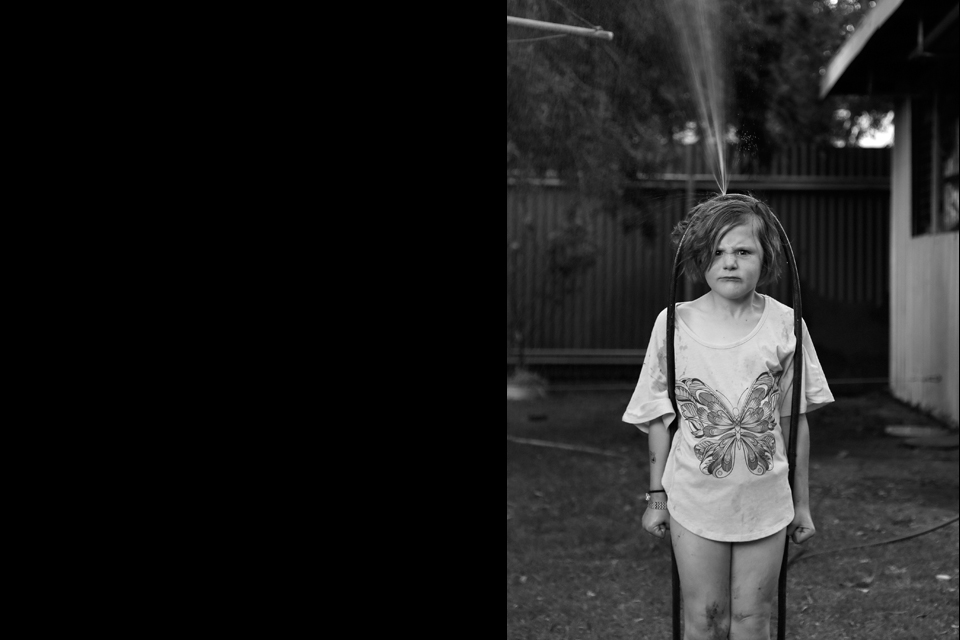
Act 2 Scene 8
What is the most valuable tip you have learned in pursuit of shooting in a more documentary style?
I’m mid-development with a series of work called ‘Domestic Theatrics’ about the daily drama that is played out in the domestic environment. A few weeks back, and while the content was growing nicely, I felt like the images were becoming a bit repetitive. I was chatting to my photographic co-conspirator mate Kate (@wandook), and we were talking about ‘the viewer’, and ‘the viewed’ with regard to the ‘truth’ I was putting across with the depiction of my children. She suggested giving them the camera as co-authors of the story. My initial reaction was; no bloody way- people will see what my house really looks like, and worse, what I really look like on the weekends when I’m bumming around home. It’s taken me a little while to process, but last weekend, I started to loosen the reins and encourage them to take some photos. I also tried some self portraits in amongst the chaos that is our house. Im not quite ready to put them on-line yet, but the final body of work will contain some, and the body of work will be much more 3 dimensional as a result.
As the photographer, we hold a position of power in presenting a potentially one dimensional view of a subject; even if we are shooting in a documentary style.
I think it is good to challenge ourselves about what we choose to leave outside the frame, and what ‘photographic truth’ were are putting out to the rest of the world.
So, that took a while to get to the tip didn’t it?
Tip 1: Think critically about the view you are presenting, and be aware of the power base you have in presenting a photographic ‘truth’. Try some new approaches every so often; even if that means relinquishing control to other people like your 7 year old taking photos with your expensive camera, so that the ‘truth’ is more three dimensional.
Tip 2: Find another photographer who can critically pose questions to you about your work, and then drink red wine together and laugh what your kids will think about the images when they get older, and how bad your digital filing habits are.
What are you drawn to document? Is there a particular composition, technique, or mood you love?
I am drawn to document the reality of siblings- particularly those images that will never make the family album. I’d like to think the images provide a tiny portal into this private world, and the ongoing drama plot of keenly felt hilarity, anger, love, injustice and sometimes threats of physical (sibling) harm that are dealt out in rapid succession. Ultimately, it goes some way to talk about what real family life is like behind closed doors-without the veneer.
I forgot to mention, the whole body of work is in Black and White-which I’m doing a lot of at the moment. I love it: the freckles and skin tones, the hard white of the light flare….all of it.
The low-tech nature of my work means that i just tend to wing it, with no real specific technique or composition in mind. I generally take the lead of the kids, and adapt the style and composition to whatever they are doing; playing on the trampoline, squirting each other with the hose, fighting each other with paper scissors-you know…..stuff that happens every day…
To learn how you can become a Perfectly Real Artist please visit our Submissions page for details!
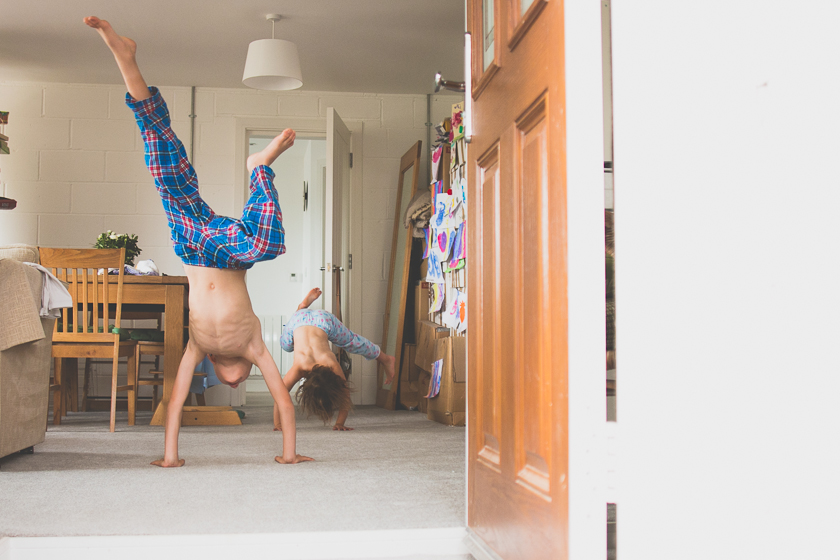 Vicki Hull
Vicki Hull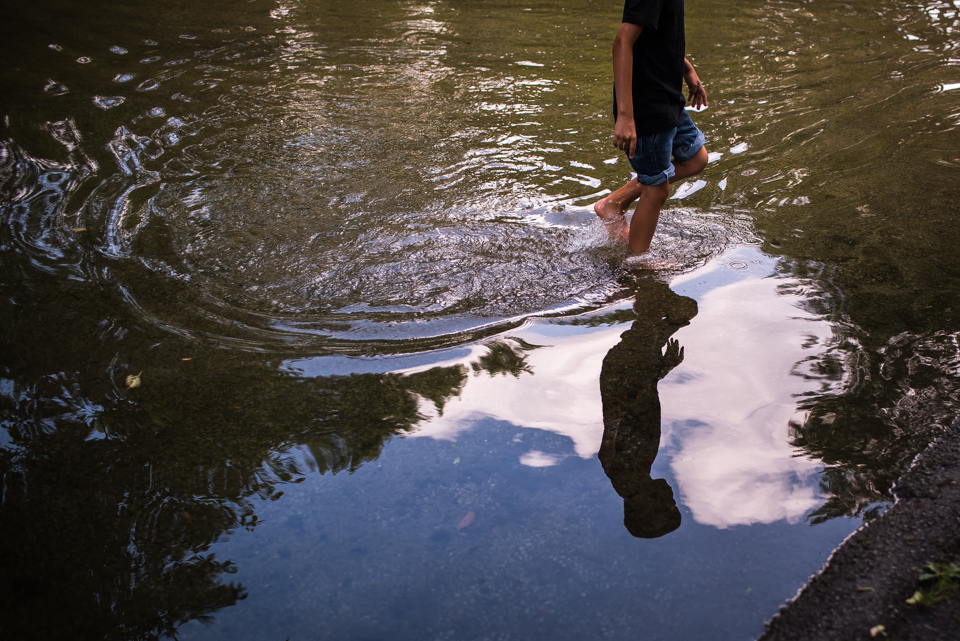 Celina Bailey
Celina Bailey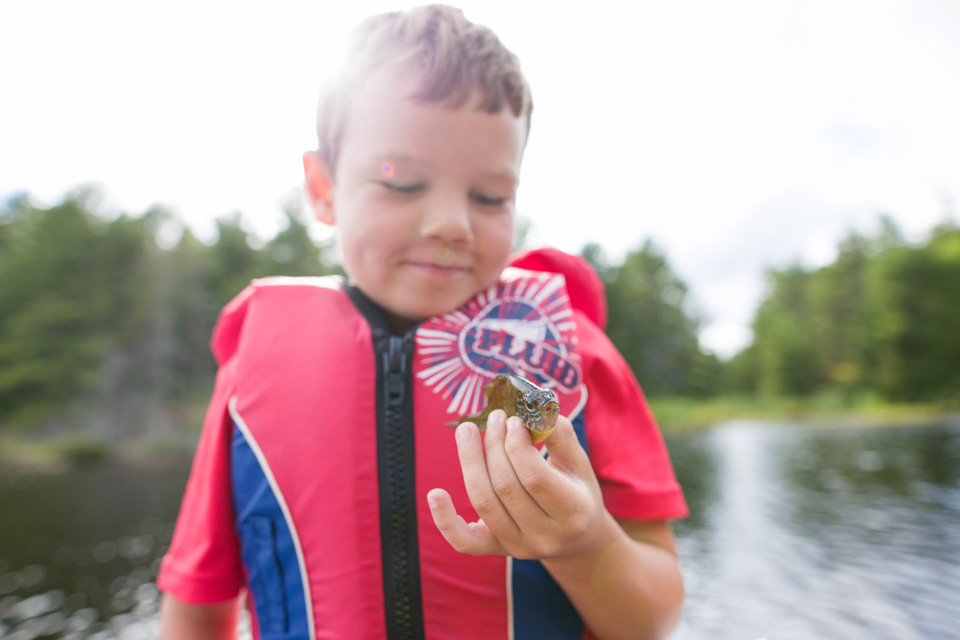 Gemma Robillard
Gemma Robillard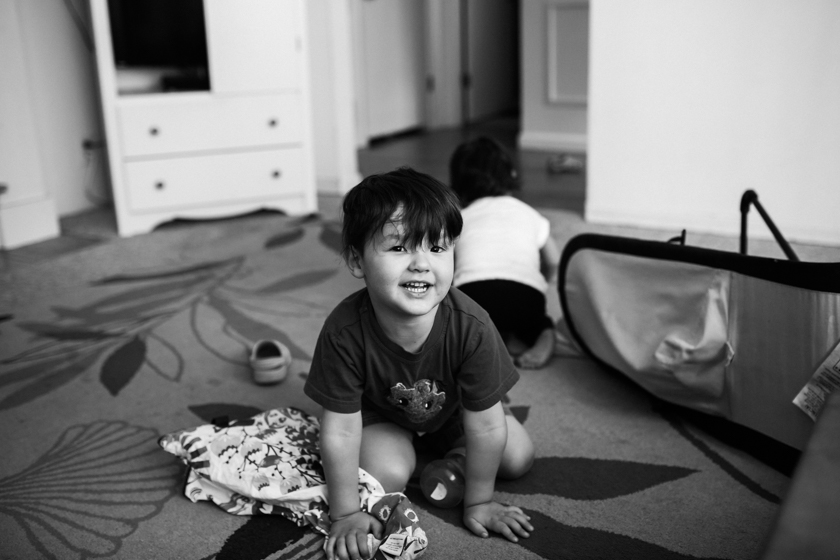 Lacey Monroe
Lacey Monroe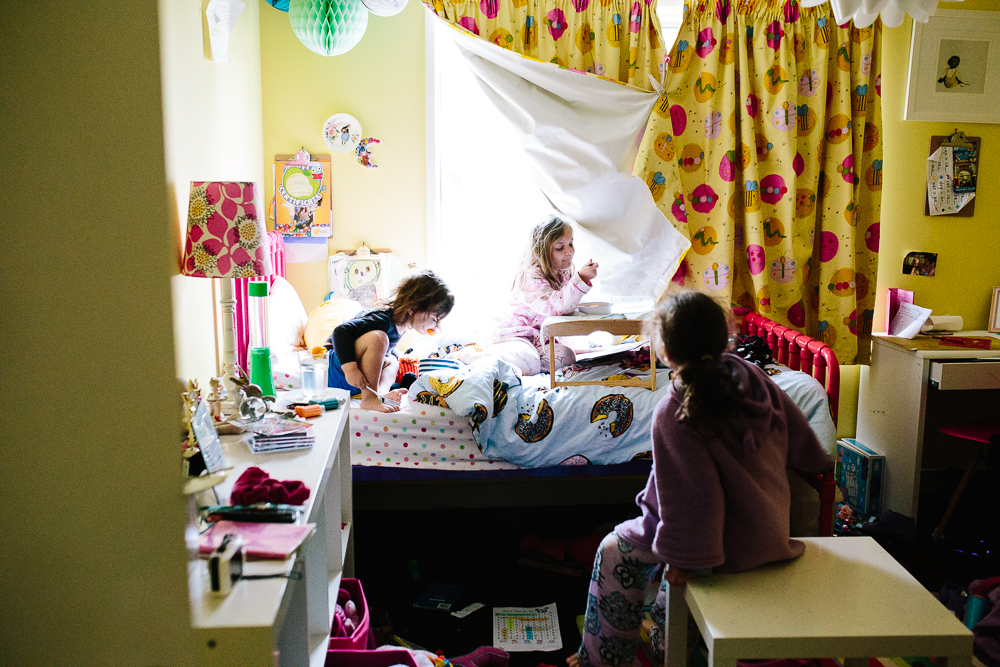 Natasha Kelly
Natasha Kelly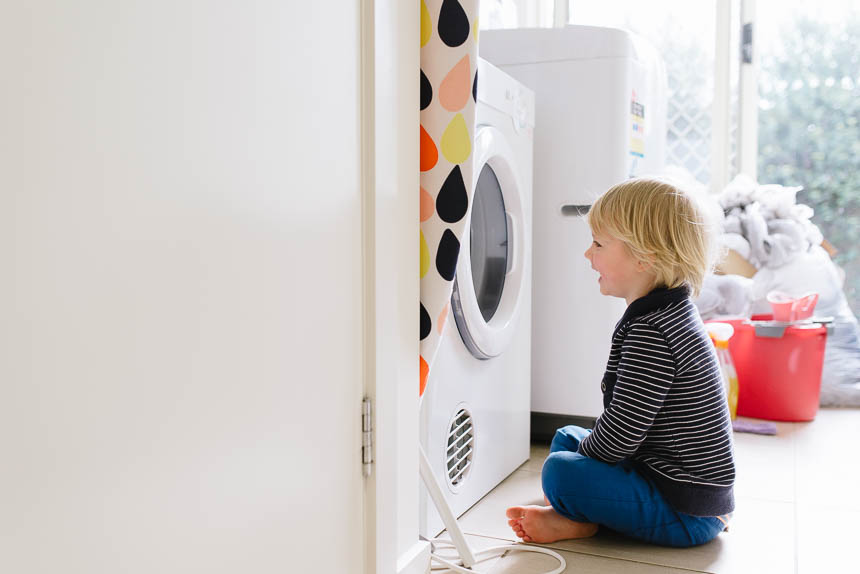 Jenny Rusby
Jenny Rusby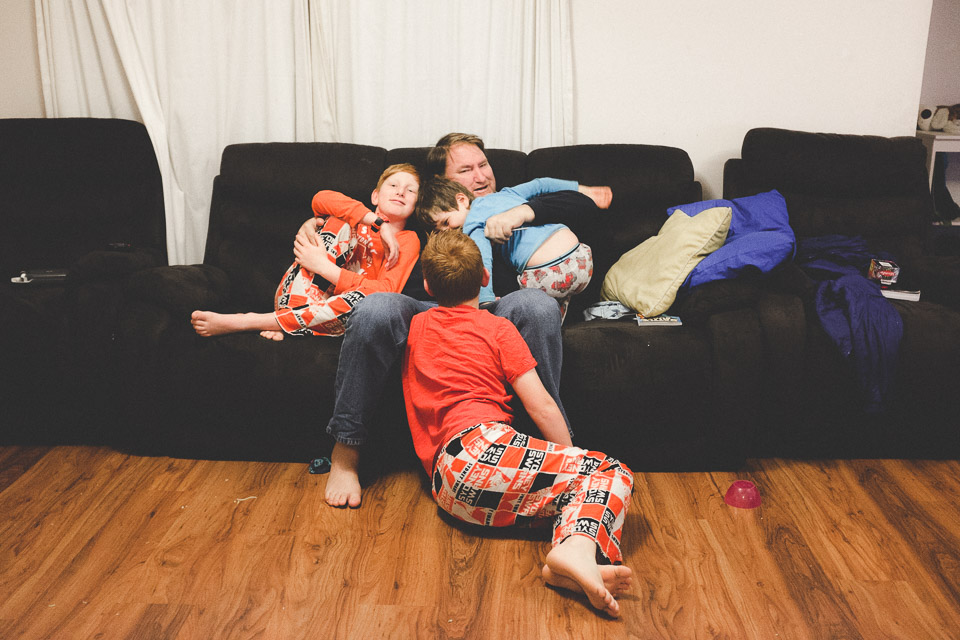 Jodie Byrne
Jodie Byrne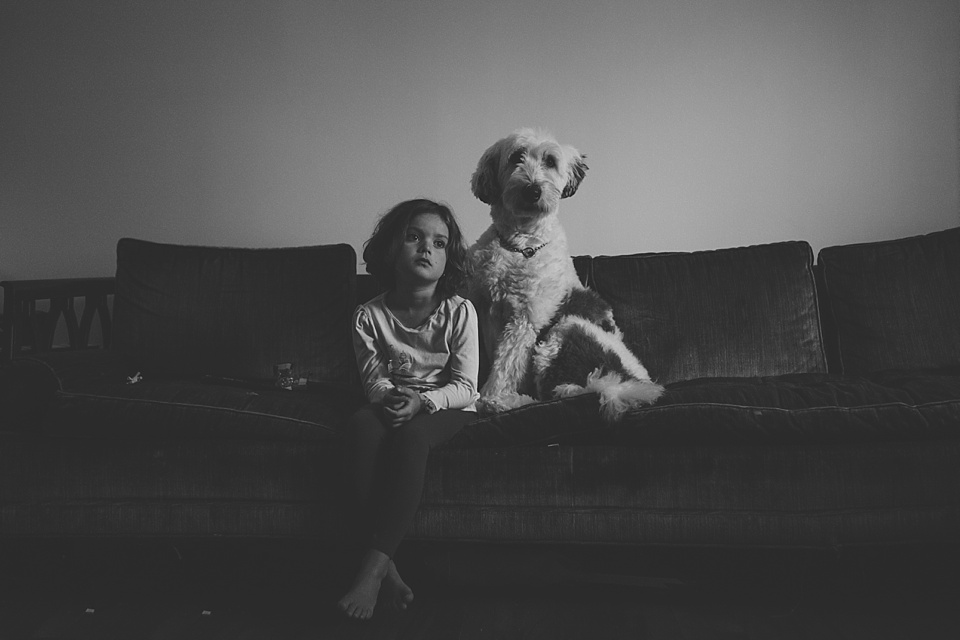 Elisa Elliot
Elisa Elliot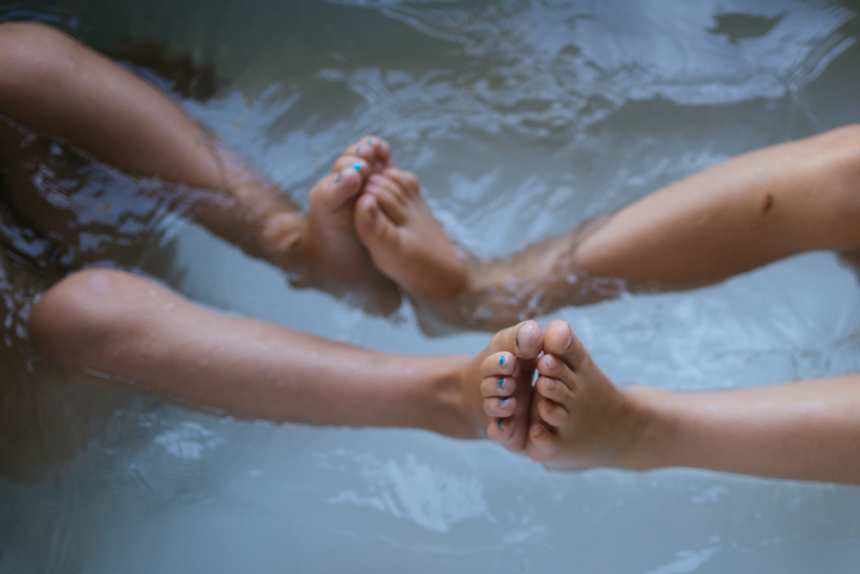 Chrystal Cienfuegos
Chrystal Cienfuegos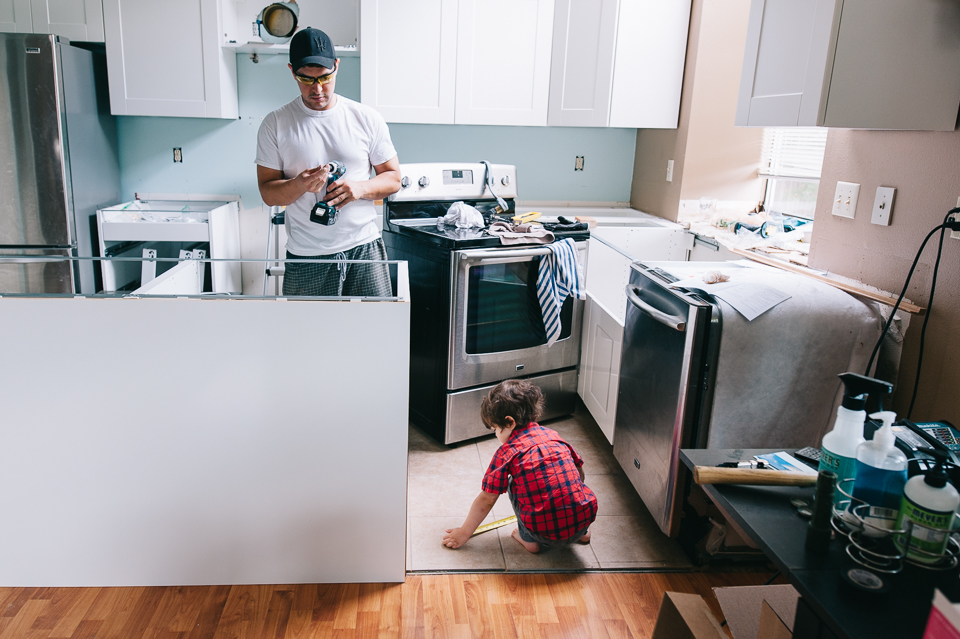 Erika Roa
Erika Roa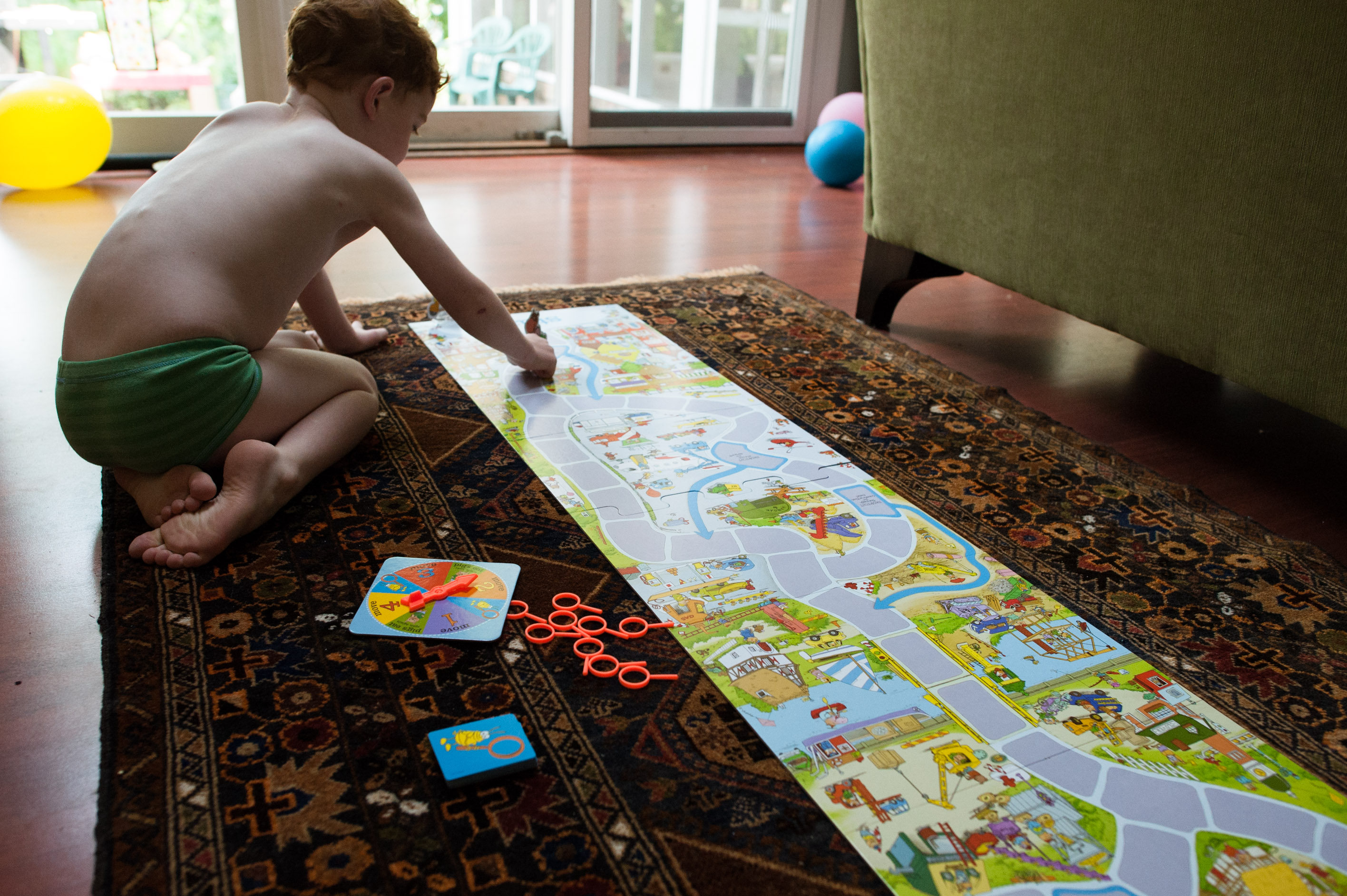 Robin Stephenson
Robin Stephenson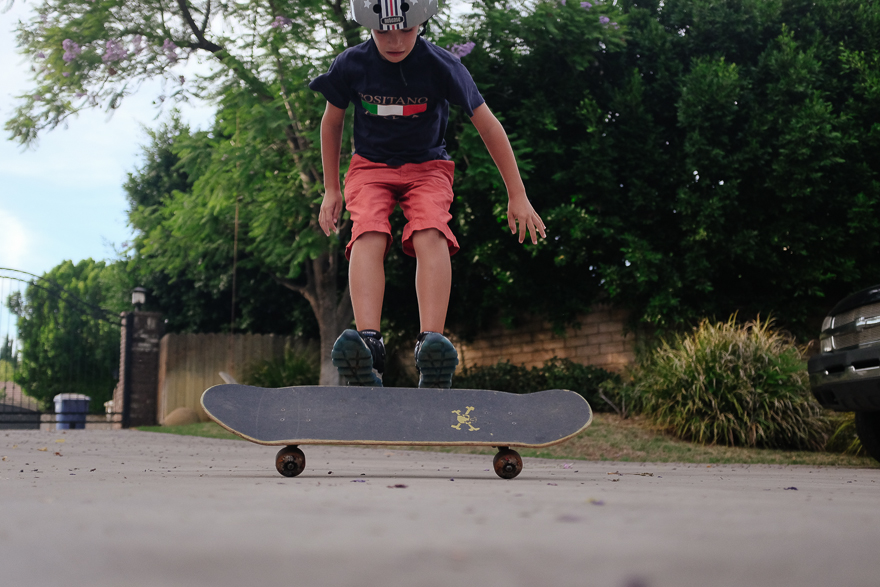 Kym Vitar
Kym Vitar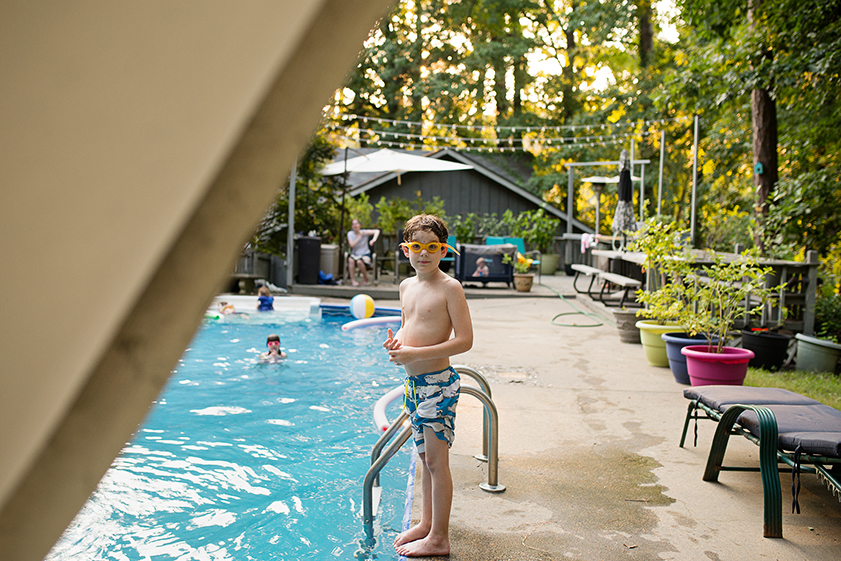 Heather Bowser
Heather Bowser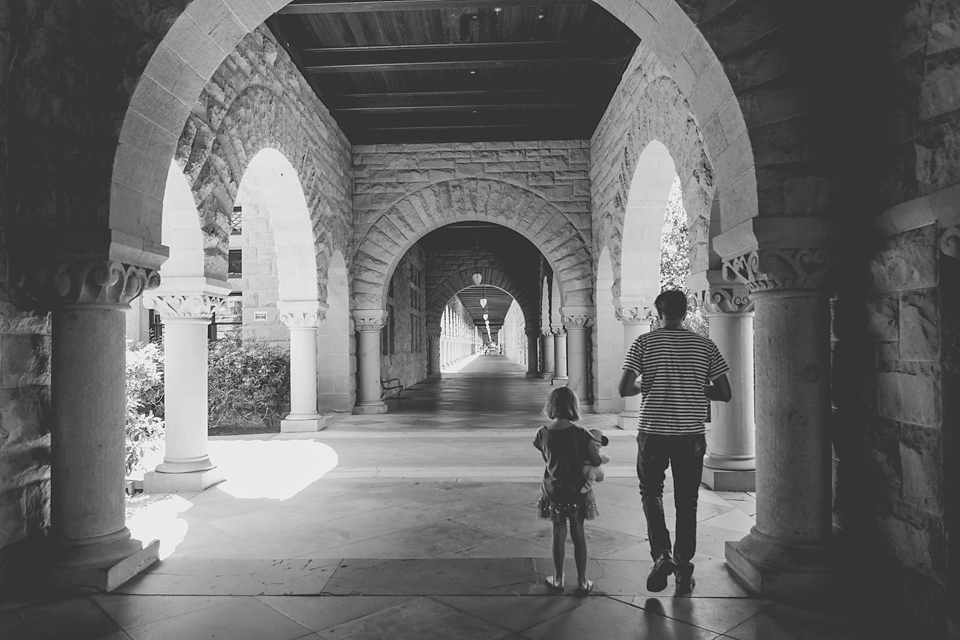 Michelle McDaid
Michelle McDaid